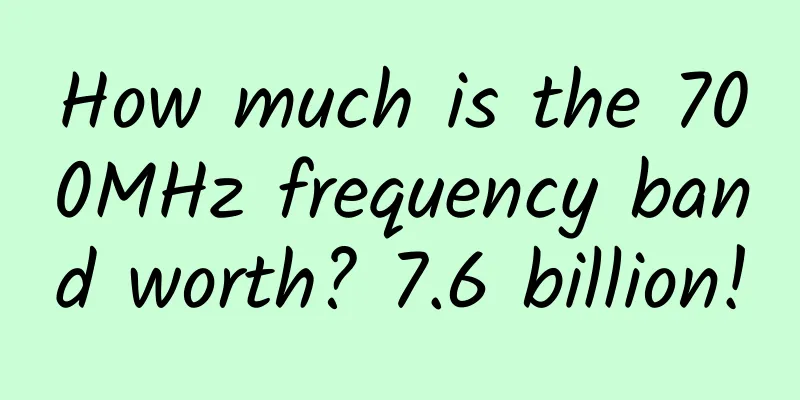How far will eSIM cards go in 2018?

|
The eSIM card was mentioned as early as 2011. There is no problem with the technological development, and it is also a relatively correct development trend. However, after 3G and 4G, 5G is coming, but eSIM technology has never been promoted. How far will this technology, which is almost a revolution in the lives of operators, go in 2018? The answer may still be: the road is long and difficult. What is an eSIM card? Let's start with the traditional SIM card, also known as a user identity card or smart card. It is integrated into the chip of a mobile phone or electronic product and completes the function of a traditional SIM card by dynamically writing data. On the one hand, the SIM card identifies the user's identity, on the other hand, it identifies the operator's network, and also stores some information such as phone numbers. Since each card belongs to only one operator, it cannot be copied and used. The so-called eSIM card is a virtual SIM card.
It embeds the traditional SIM card directly into the device chip instead of adding it to the device as a separate removable component, and users do not need to insert a physical SIM card. This allows users to choose operator packages more flexibly, or change operators at any time without unlocking the device or purchasing a new device. SIM cards are changing from large to small and then to virtual status. Apple phones have promoted the development of SIM cards from large to small: large SIM cards, microSIM cards (small cards), nano SIM cards (micro cards). Today's eSIM cards are also being promoted by Apple. As early as 2011, Apple applied for a virtual SIM card patent to the U.S. Patent and Trademark Office. Apple said that this patent allows users to directly access the wireless network services provided by operators without using a SIM card. At the same time, since no SIM card is needed, future iPhones will become thinner and more beautiful. In September 2014, when Apple released the iPad Air 2, it first brought the concept of eSIM cards (also known as "Apple SIM") into actual products. This design allows users to choose and switch operators more easily. In July 2015, Apple and Samsung were in talks with other companies in the telecommunications industry about jointly launching eSIM cards. However, the commercialization has been delayed, even though it is a development trend that is bound to be realized. SIM card is a "barrier" for operators to guard their "territory" Currently, only operators can issue SIM cards, and virtual operators only wholesale and resell them from operators. Therefore, one SIM card is bound to one mobile phone number. In this way, operators can hold a large number of users through SIM cards, thus firmly binding many users. From this perspective, the SIM card is a "barrier" for operators to guard their "territory". However, if eSIM is implemented, this "barrier" will disappear, users may be lost at any time, and a pool of resources will be disrupted, such as user data, tariff packages, etc. This is equivalent to overthrowing the operator and will cause unrest. Therefore, operators will be a hindrance to the promotion of eSIM cards. However, on December 26, 2017, China Unicom launched a service called "eSIM Watch", which should be a test of the eSIM card. |
<<: 2017 Integrated Cabling Industry Analysis Report
>>: Why 2018 will be the year of WAN
Recommend
Technical Tips | Alibaba Cloud's Practical Exploration of Building Lakehouse Based on Hudi
1. Data Lake and Lakehouse At the 2021 Developer ...
Stop making excuses for being conservative. Chongqing Local Taxation Bureau has already tasted the sweetness of IT innovation in the past eight years!
Editor’s Note: The Chongqing Local Taxation Burea...
How to identify fiber link problems?
Methods for Identifying Fiber Link Problems There...
The price of 4G mobile chips will rise instead of fall in the second half of 2021
As mobile chip suppliers focus more on 5G solutio...
An Internet cable makes the whole dormitory building quieter after lights out
He tells the story of how he used an internet cab...
Cisco wins three employer awards for building cross-generational innovative talent strategies in the digital era
At the end of 2018, Cisco has won a series of emp...
From HTTP to HTTPS, it turns out to be so simple
[[354426]] 【51CTO.com original article】 HTTP Begi...
How packets travel through the various layers of the TCP/IP protocol stack
All Internet services rely on the TCP/IP protocol...
12 CMD command tools in Windows that network engineers must master!
Hello everyone, I am the "person" that ...
Fiber Optic Innovation: Exploring Cutting-Edge Research and Development
Fiber optic technology has revolutionized innovat...
How do SD-WAN solutions improve network performance?
In the 2016 National WAN Report survey, responden...
The troublemakers that kept IT executives up at night in 2017
[51CTO.com Quick Translation] The new year has ar...
AlphaVPS: AMD EYPC KVM monthly payment starts from 3.99 euros, large hard disk KVM annual payment starts from 15 euros
AlphaVPS is a foreign hosting company established...
Nielsen: 5G enters a period of accelerated development, new scenarios give rise to new consumer demands
Recently, Nielsen, a global monitoring and data a...
Virtono: $2.5/month KVM-1GB/30GB/2TB/16 data centers in Hong Kong, Japan, Singapore, etc.
Virtono is a foreign VPS hosting company founded ...









